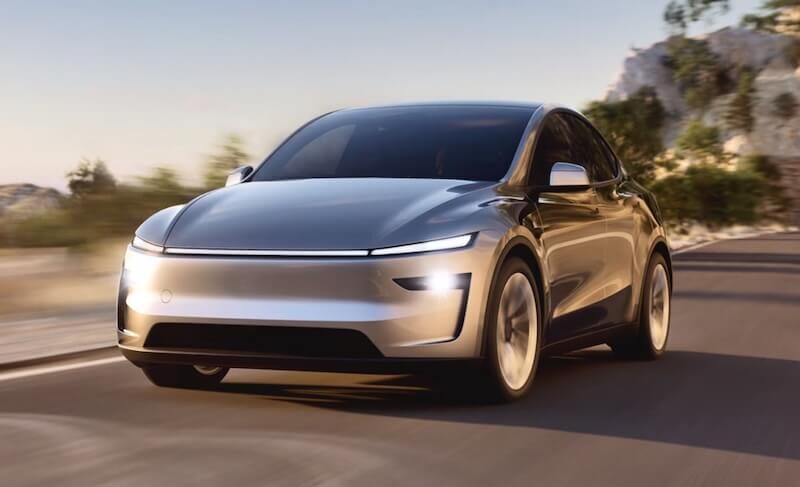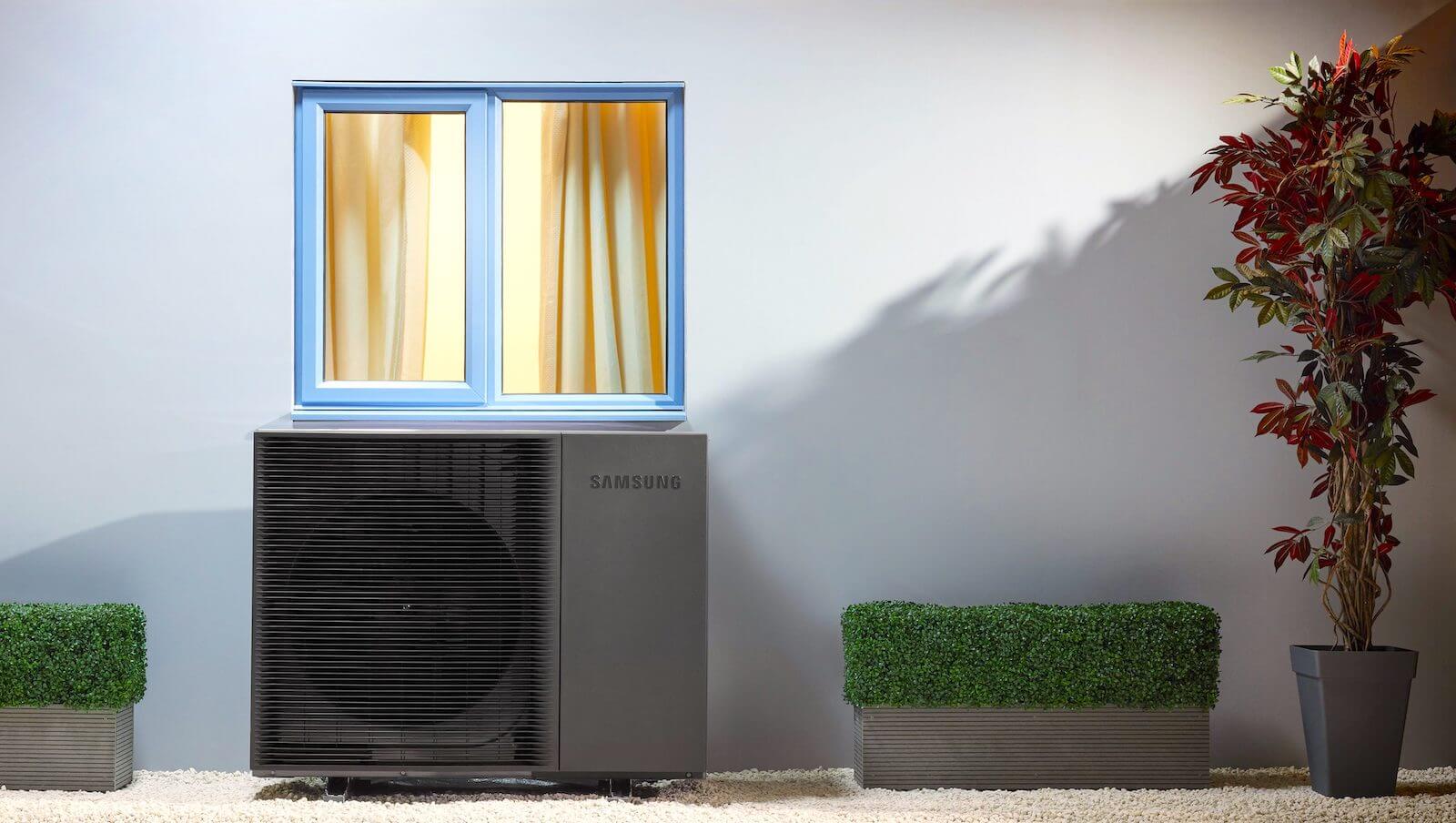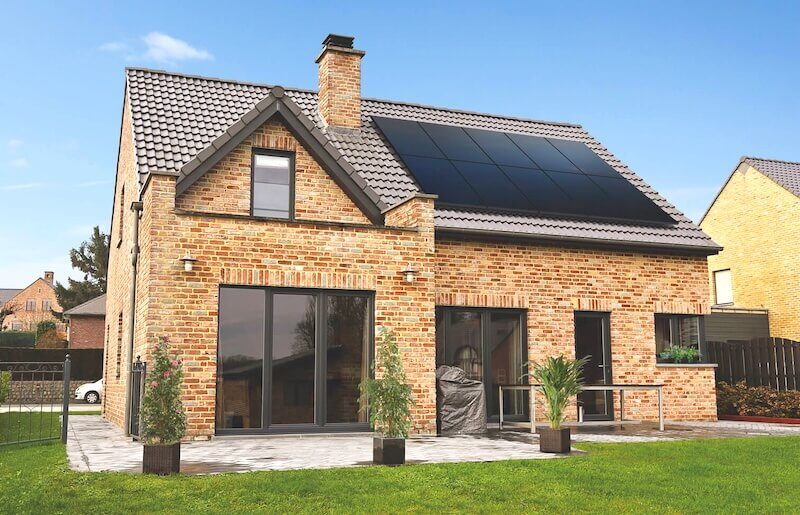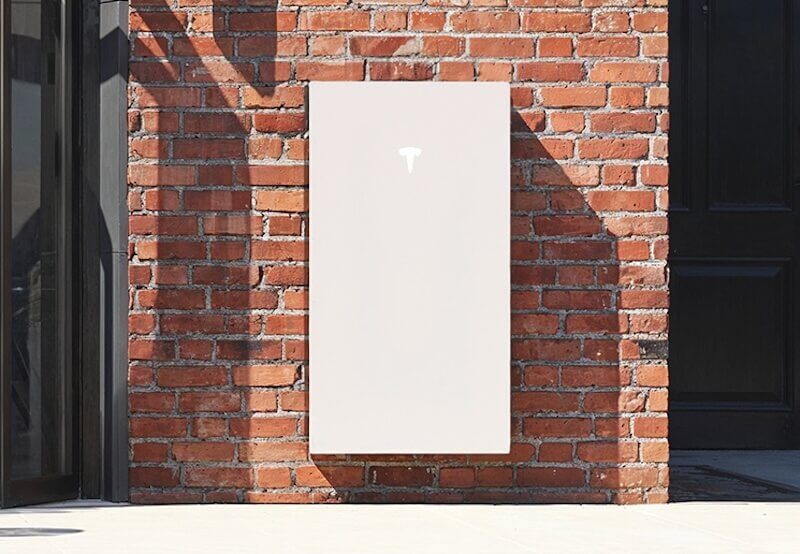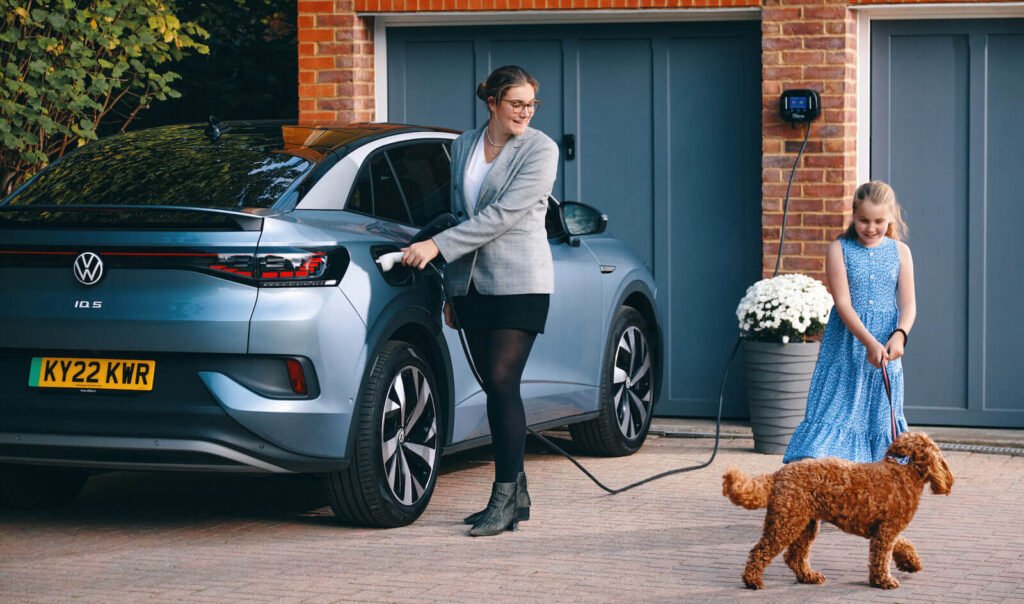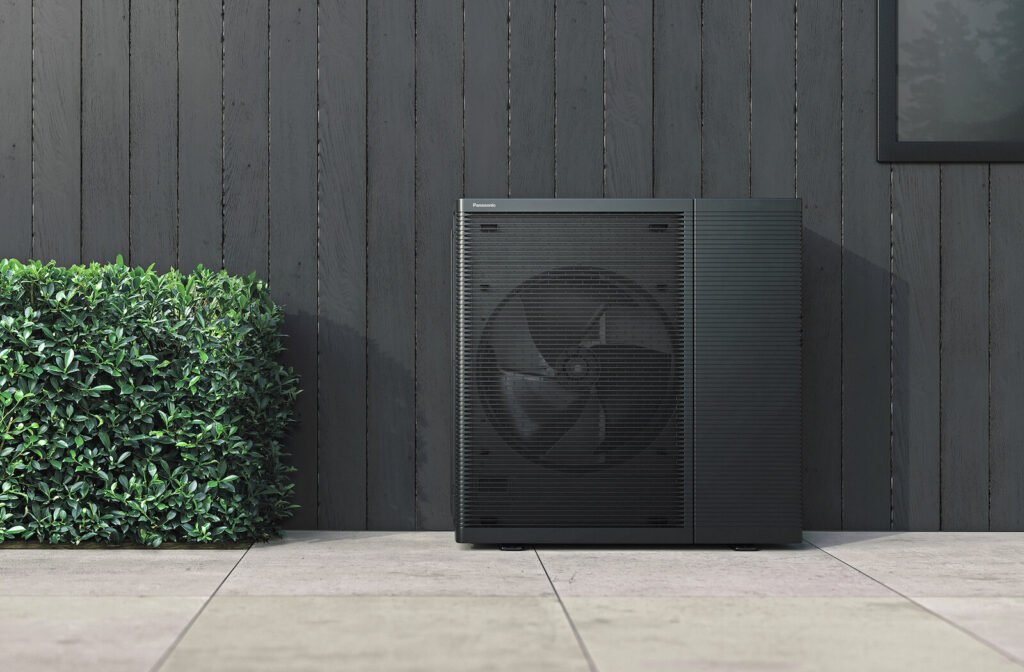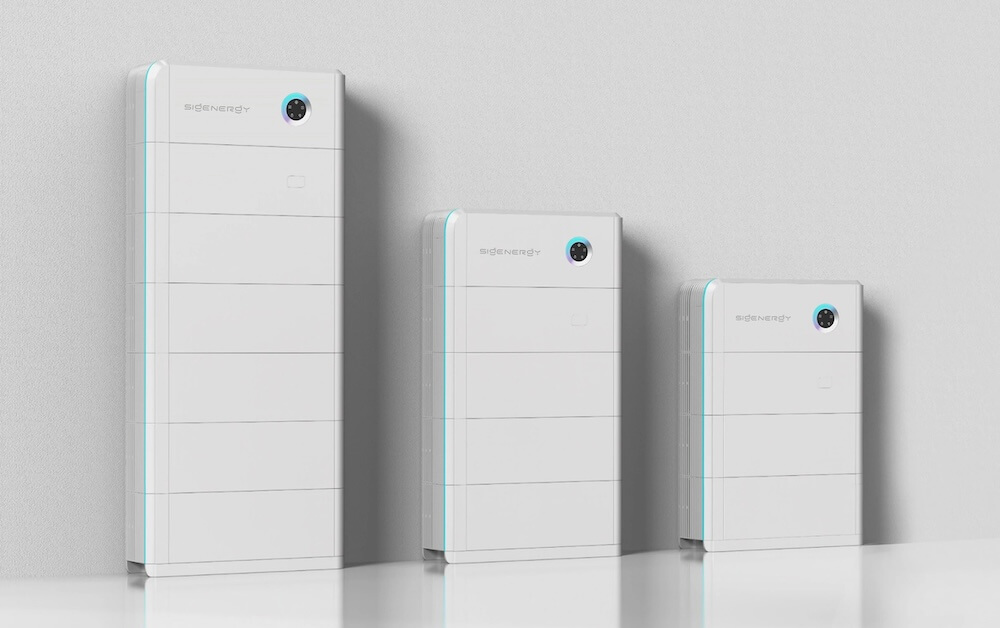The Best Electricity Tariffs for your Renewable Energy Home
There are so many home electricity tariffs on offer nowadays, it’s hard to see the wood for the trees.
If you have solar panels, battery storage, an electric car – maybe even a heat pump – what’s the best electricity tariff to be on that will save you the most money?
Do you have to remain with your current energy supplier, or can you switch? Can you have different tariffs from more than one supplier at the same time?
Read our handy tariff guide to demystify this confusing area.

by David Lewis | first published 23 February 2024 | last updated 24 July 2025
UNDERSTANDING HOME RENEWABLE ENERGY TARIFFS
Introduction
In this section, we are going to cover the type of electricity tariffs that are relevant for each of the four home energy technologies below. Further down the guide we will compare and contrast the best tariffs currently available in the market.
THE BEST EV TARIFF

Octopus Energy
Octopus Energy has been a pioneer in helping EV drivers reduce their charging costs. Here’s a summary of the tariffs they currently have available:
As you can see from the table, Intelligent Octopus Go is a better EV tariff than Octopus Go. You get the cheaper charging rate of 7p per kWh and more hours to charge.
To be eligible for Intelligent Octopus Go, you either need a compatible car or a compatible home charging point. You also need a smart meter which Octopus can install for you, free of charge.
If you don’t have a compatible car or charger, you can sign up to the standard Octopus Go for 4 hours of charging at 8.5p per kWh.
For your peak rate – outside of the 4 or 6 hour off-peak windows above – you will pay roughly 29p per kWh, depending on your region.
If you do switch to Octopus, you can use our official referral code to get £50 off.
INTELLIGENT DRIVE PACK
Octopus has also brought out a subscription package for charging your electric vehicle at home called Intelligent Drive Pack.
You pay a flat £30 a month and can charge one electric vehicle as much as you want. No charging limit.
As long as you set up the charging with the Octopus app, thereby allowing Octopus to charge when grid electricity is the cheapest, you get unlimited charging for £30 a month.
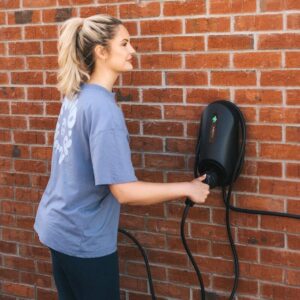

OVO ENERGY
OVO Energy was the first company finally to bring some competition to Octopus who had had it all their own way for years regarding home EV charging tariffs.
If OVO is already your energy supplier – or if you switch to them – you can apply their Charge Anytime add-on and get cheap electric vehicle charging 24 hours a day:
Uniquely among EV tariffs, there is no fixed charging window. You can charge at any time, day or night, and always get the 7p rate, as long as you schedule charging via the app.
As with Octopus, you will either need a compatible EV, or a compatible home charger, plus a smart meter.

E.ON Next
E.ON’s electric vehicle tariff is called Next Drive. It has a long 7-hour charging window at a very low rate of 6.7p per kWh as follows:
E.ON’s EV tariff is an attractive option, as it has a longer charging window than Intelligent Octopus Go and a lower off-peak rate than both OVO and Octopus.
As with OVO and Octopus, you will need a smart meter.
However, you don’t need to have a compatible EV or charger. Any car or charging point will do, old or new.
WHICH TARIFF IS BETTER: OCTOPUS, OVO OR E.ON?
Here’s a quick summary table of what these three companies offer to EV drivers:
The E.ON Next Drive tariff is certainly very attractive. You get the lowest off-peak rate of 6.7p per kWh, as well as the longest charging window of 7 hours from midnight to 7am. The peak rate is 27p on average, which is competitive, and the standing charge is roughly 49p which is higher than the others. Apart from a smart meter, there are no other eligibility criteria, so it works with any electric vehicle or home charger.
OVO Charge Anytime is also very interesting for EV drivers. A slightly higher rate than Next Drive at 7p per kWh, but you can charge anytime you want – 24 hours a day – as long as you schedule charging via the OVO app. The average off-peak rate (26p) and the standing charge (42p) are both lower than E.ON. You must have a compatible car or charger, though.
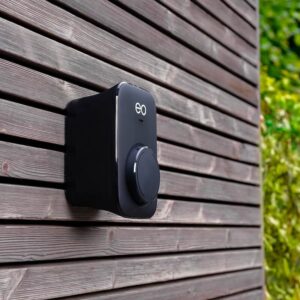
With Octopus, if you can’t enable ‘smart charging’ – either via a compatible charger or car – then Octopus Go is your only option. Compared to the competition, the charging window is relatively small and the off-peak and peak rates are not as compelling.
If you do have a compatible charger or car, then Intelligent Octopus Go is a solid option, though not as convincing as E.ON Next Drive. OVO’s peak and off-peak rates average out quite similarly to E.ON’s, though OVO offers the ability to charge 24 hours a day, if required.

The Elephant in the Room
But there is one other important factor to consider. The E.ON and Octopus tariffs provide cheap, off-peak rates for all of your home electricity needs, not just EV charging, during the off-peak window.
Why’s that relevant? Because there may be other electrical devices you can turn on during that cheap charging window to make use of the low rate. For example, you could set your dishwasher to come on at 1am, and your pots and pans will come out all clean and shiny – for a very low cost.
Or, if you have battery storage, you can programme your battery to charge during the off-peak period. Your battery will then discharge during the day, allowing you to import less electricity when rates are higher.
The OVO Anytime rate, on the other hand, only applies when you are charging your car. You cannot power any other home devices at the low rate. This may or may not be a deal-breaker for you, but something to bear in mind.
OTHER ELECTRIC VEHICLE TARIFFS TO CONSIDER
You should also call your existing home energy supplier and ask them if they have a special EV charging tariff you can switch to.
Here is a table of more suppliers with EV tariffs, and we’ve included Octopus, OVO and E.ON so you can compare and contrast:
SUPPLIER & TARIFF NAME | OFF-PEAK RATE PER KWH | OFF-PEAK CHARGING HOURS | PEAK RATE PER KWH | STANDING CHARGE |
E.ON Next – Next Drive | 6.7p | 7 hours, from 00:00 to 07:00 | 27p | 49p |
OVO – Charge Anytime | 7p | 24 hours a day | 26p | 42p |
Octopus – Intelligent Go | 7p | 6 hours, from 23:30 to 05:30 | 29p | 42p |
Scottish Power – EV Saver | 7.2p | 5 hours, from 00:00 to 05:00 | 32p | 49p |
British Gas – Electric Driver | 7.9p | 5 hours, from 00:00 to 05:00 | 27p | 48p |
Ecotricity – 1-yr Fixed EV | 8p | 5 hours, from 00:00 to 05:00 | 32p | 43p |
Octopus – Go | 8.5p | 5 hours, from 00:30 to 05:30 | 29p | 42p |
EDF – Go Electric Overnight | 8.99p | 5 hours, from 00:00 to 05:00 | 26p | 64p |
THE BEST HEAT PUMP TARIFF

OCTOPUS ENERGY
Octopus has a dedicated heat pump tariff called Cosy Octopus. The tariff has 3 different rates, so it’s a bit confusing, but this table breaks it all down:
So effectively you get three low-rate, 13p per kWh ‘Cosy’ periods during the day.
The standard rate of 26p is fine, but the peak rate at 39p is very high. The 4pm to 7pm period is when you are likely to be using quite a bit of electricity in the home, so you need to be aware of this high rate and how it will impact your bills.
The rates in the table above are approximate and will vary depending on where you live. The standing charge is about 42p per day.
To be eligible for Cosy Octopus, you need a smart meter and a heat pump (air or ground source) or an electric boiler.

OVO ENERGY
OVO are also targeting heat pump owners with their Heat Pump Plus add-on. Here are the details:
This time, OVO is a bit more expensive than Octopus on the headline rate for heat pumps: 15p (OVO) compared to 13p (Octopus).
As with their EV tarrif, they are also sticking to the approach of allowing you to power your heat pump 24 hours a day at the reduced rate, rather than restricting you to specific times.
At the moment, Heat Pump Plus is not as flexible as Cosy Octopus in terms of the heat pump equipment it is compatible with. You will need to have a heat pump made by Vaillant, Viessmann or Mitsubishi, and only specific models qualify.
You can get Heat Pump Plus on any tariff plan, as long as you’re an OVO customer. The standing charge is roughly 42p per day.

E.ON NEXT
E.ON Next has a dedicated heat pump tariff called Next Pumped. Here are the average charging periods and rates:
There are four different periods, with the greatest savings available in the off-peak period from 10pm to 6am.
You need to avoid the expensive peak 4pm to 7pm period as much as possible.
Eligibility criteria are straightforward – basically, you can have any type of heat pump (or electric boiler) you like, and you need a smart meter. The standing charge is in the region of 49p per kWh.

GOOD ENERGY
Good Energy offers their Heat Pump tariff with two off-peak periods – equalling 7 hours of low-cost rates in total – as follows:
So, as long as you programme your heat pump to come on between 5am and 9am – or 1pm to 4pm – you only pay 12p per kWh.
Outside of those times, the unit rate is about 30p per kWh.
The eligibility criteria are generous; any heat pump will work. The standing charge is roughly 60p per day, depending on where you live.

EDF ENERGY
EDF’s dedicated heat pump tariff is called Heat Pump Tracker and also has two off-peak periods – totalling 6 hours of low-cost rates – as follows:
With this tariff, you should programme your heat pump to run principally between 4am and 7am and 1pm to 4pm.
The rate system is a bit confusing. The rate you pay is 10p per kWh less than the standard rate in your area. This will work out roughly as 16p per kWh.
Outside of those times, the unit rate will be about 26p per kWh.
You can get this tariff whatever model of heat pump you have. The standing charge is about 52p per day.
EDF Heat Pump and Save Tracker
There is another version of this tariff for people who buy their heat pump through EDF.
The main difference is that you pay no standing charges if you sign up to the tariff, having first got EDF to install your heat pump.

SCOTTISH POWER
Scottish Power’s dedicated heat pump tariff is called Heat Pump Saver:
Rather than two or more off-peak periods for your heat pump, Scottish Power has just one 5-hour slot from 11am to 4pm. Their rate is 14p per kWh.
Outside of those hours, you get charged their standard variable rate of about 26p per kWh.
The tariff is compatible with any heat pump. The standing charge is about 43p per day.
THE BEST SOLAR EXPORT TARIFF
THE SMART EXPORT GUARANTEE
The government has set up a scheme with energy suppliers called the Smart Export Guarantee (SEG). Under this scheme you get paid for exporting solar electricity to the grid.
However, the rate at which you get paid for this exported energy varies considerably from supplier to supplier. Here are some of the best solar export tariffs currently available:
There are other SEG tariffs available, but many of them force you to get renewable energy equipment installed by the supplier in order to secure the rate. We don’t think that’s fair, and you will often be over-paying for the renewable technology just to get on the tariff.
Ignoring the top two Octopus “Flux” products in the table, EDF Energy currently offers the most attractive Smart Export Guarantee rate at 20p per kWh of solar electricity exported. EDF doesn’t force you to switch energy supplier, either, which means you can keep your existing energy contract going and just switch to EDF for the Smart Export Guarantee.
The Octopus Flux tariffs are more complex in nature – you can find more details below in the Best Battery Storage Tariff section.
THE BEST BATTERY STORAGE TARIFF
Tariffs with Off-Peak Rates
Most tariffs that have an off-peak rate, during a specific time-slot, are ideal for battery storage charging.
- For example, an electric vehicle tariff like Intelligent Octopus Go – which gives you an off-peak rate of 7p per kWh from 11:30pm to 5:30am – allows you to programme your battery to charge up at 7p per kWh during those low-rate hours, as well as your car. But you can only get Intelligent Octopus Go if you have an EV.
- Alternatively, if you have a dedicated heat pump tariff, e.g. from Good Energy, you can charge your battery at 12p per kWh from 1pm to 4pm and/or from 5am to 9am. These off-peak slots can also be used to charge your battery. But, again, you need to have a heat pump to secure this tariff.
So, if you have either an electric vehicle or a heat pump, or both, look first at the tariffs listed higher up in this guide in the ‘Best EV Tariff’ and ‘Best Heat Pump Tariff’ sections. Nearly all of these tariffs will give you cheap-rate slots to charge your battery as well.
It’s worth noting, however, that OVO’s EV and heat pump tariffs are not suitable for battery storage charging. Their low rates only get applied when charging your electric vehicle or heat pump – nothing else.
OCTOPUS FLUX
Octopus’ ‘Flux’ range of tariffs are not easy to wrap your head around. This is how Octopus describe their standard Octopus Flux tariff:
An import and export tariff optimised to give you the best rates for consuming and selling your energy and support the grid during peak periods.
To get on the tariff, you need to have solar panels and battery storage – any makes will do.
There are three rates and time slots for importing electricity, and three rates and time slots for exporting electricity, as laid out in this table (exact rates depend on your postcode):
So, what do you do in practice?
- You need to programme your battery to charge in the 3-hour slot between 2am and 5am. It will fill up with electricity at 17p per kWh.
- Then, you programme your battery to discharge between 4pm and 7pm, and you’ll be paid 29p for every kWh exported.
The reason you should discharge your battery between 4pm and 7pm is that you don’t want to import any electricity at that time, as Octopus will charge you a high rate of 39p per kWh.
Outside of the 2am to 5am and 4pm to 7pm slots, you pay 28p for any electricity imported and get paid 10p for any electricity exported.
To summarise in simple terms: the Octopus Flux tariff is allowing you to import at a cost of 17p between 2am and 5am, and export for a reward of 29p between 4pm and 7pm, thereby making a profit of 12p per kWh.
INTELLIGENT OCTOPUS FLUX
The ‘Intelligent’ version of Octopus Flux works slightly differently.
First, there is no cheap, off-peak battery charging window: you pay about 23p per kWh to charge your battery at any time of the day – except from 4pm to 7pm when the charging rate is 30p.
Second, you still get a generous export rate of roughly 30p between 4pm to 7pm, but get a very high export rate of around 22p per kWh outside of those hours. By contrast, on standard Octopus Flux, the non-peak export rate was 10p per kWh.
Third, to be eligible for Intelligent Octopus Flux, you must have a compatible battery from one of the following manufacturers:
- Tesla
- SolarEdge
- Enphase
- GivEnergy
Who is Intelligent Octopus Flux suitable for?
The Intelligent Octopus Flux tariff is a smart, import-export plan tailored for homeowners with solar panels and compatible battery storage, allowing automated optimisation of charging during low-cost periods, and discharging during the peak 4pm to 7pm window.
This setup benefits eco-conscious households with moderate to high electricity use, potentially yielding up to £300 in annual profits or more (e.g. £1,019 average including £830 exports for a 4.6 kWp solar system and 5.2 kWh battery), as Octopus handles scheduling via the app for seamless billing without manual intervention.
However, if you have a heat pump too, it may reduce advantages, as variable off-peak times might not suit consistent daytime heating needs, favouring tariffs like Cosy Octopus instead.
Electric vehicle owners face limitations, too, with the tariff restricting to one smart device per home, blocking EV integration and making Intelligent Octopus Go preferable for overnight charging.
Ultimately, it suits solar-battery focused users, prioritising grid-balancing automation over multi-tech flexibility.
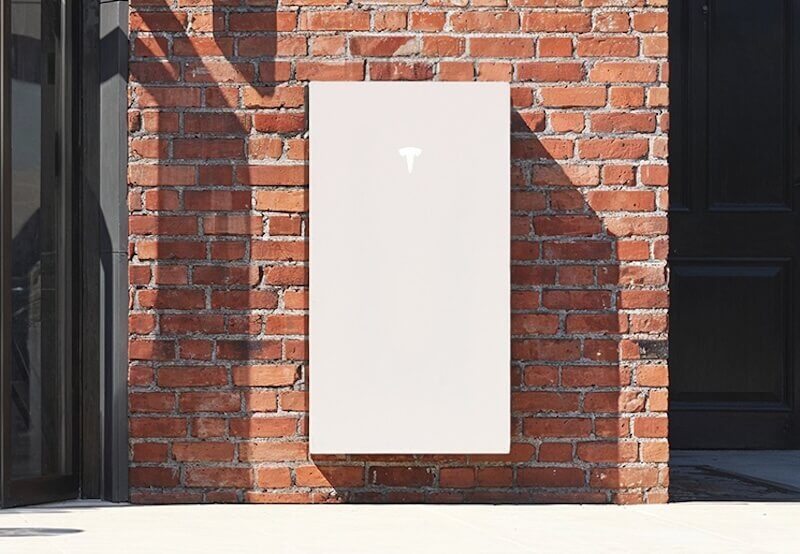
Conclusion & Next Steps
Trying to work out which is the best electricity tariff for a home with renewable energy systems installed is a real minefield.
Some tariffs are perfect for one technology, but don’t suit another. Others force you to buy technology from the supplier to get the better rate, but then you will probably end up over-paying for the equipment itself.
We hope the guide above can give you some pointers with respect to key areas to consider for each technology. For a full audit of your current set-up – and future plans – together with tariff recommendations, please get in touch with our Energy Team.


